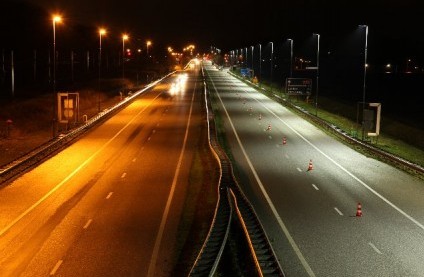A lot of people say it's best to white balance the light on location, to white. Then you have more freedom to color grad in post, since the light is white. I want light at night to be orange sodium looking for a project for example. But my DP says shoot the light white, then color grade in post, so you have more freedoms.
Here's a shot I took of the orange lamps, balanced to white while shooting. I then added orange in post. But if I do that, the sky comes out purple. Where as if I white balance to orange on set, it does not. So is making the light white, on set, really a good idea therefore? Another thing I've noticed is that color grading in post seems to have more noise than white balancing on location. Or am I just color grading wrong probably?
http://youtu.be/MR3m5KiTxeE
Here's a shot I took of the orange lamps, balanced to white while shooting. I then added orange in post. But if I do that, the sky comes out purple. Where as if I white balance to orange on set, it does not. So is making the light white, on set, really a good idea therefore? Another thing I've noticed is that color grading in post seems to have more noise than white balancing on location. Or am I just color grading wrong probably?
http://youtu.be/MR3m5KiTxeE
Last edited:



